A trio of rear-drive cars here, two of them with your enthusiast’s preferred mechanical hardware, the third with something quite radical and no less promising for that.
BMW’s M4 coupé is a traditional front-engined, rear-drive machine powered by a 425bhp twin-turbo 3.0-litre straight six, and the Porsche Cayman GTS is mid-engined and propelled by a naturally aspirated 335bhp 3.4-litre flat six.
The BMW i8, however, is twin-engined, the 228bhp 1.5-litre turbocharged triple sitting behind its cabin boosted by a 129bhp electric motor driving the front wheels to make the plug-in hybrid, carbonfibre-bodied i8 all-wheel drive.
The i8 is new to our Handling Day, but previous editions of the Cayman and M3 have been front-runners or outright winners. So although these three are far from the most potent cars here, two of them have very positive form.
Despite its driveline, this M4 is far from old-school in detail make-up. Its gearbox is the optional M DCT seven-speed dual-clutch automatic and its engine is turbocharged for the first time in the model’s history. It revs to 7600rpm and delivers a resonant rumble under load that certainly builds the excitement.
But not as much as the BMW’s behaviour near the limit, its body tilting towards oversteer that often trips up its on-track pace. That’s fun, but as one tester said: “It can be quite annoying because it compromises the car’s ability to get into a corner. You can find yourself busier than you were expecting before the apex and in a way you might not always appreciate.”
On the other hand, the suppleness of dampers that allow some close-to-the-limit roll also enable the M4 to soak up Castle Combe’s often unhelpful dips, crests and mid-bend bumps with less disturbance than some of the other cars here, although the Cayman and i8 are calmer.
Some testers complained that the M4’s gear ratios weren’t ideally suited to Combe circulating duties, but for the most part there was praise for a powertrain that delivers substantial thrust with a minimum of fuss and a potent soundtrack.
The BMW’s dynamic crudities are less intrusive than the mildly wayward Jaguar F-Type coupé’s, incidentally, but present enough that you feel slightly short-changed. The original E30 M3 (and BMW must be sick of reading about this car) was far less fast but provided better balance and a lot more high-precision control.
And that’s what you get from the Cayman, as well as the intriguing swivel-about-the-centre turn-in that you enjoy in the best mid-engined cars. Its reactions are measured enough to avoid twitchiness, allowing you to lean on it until it produces controllable oversteer that’s rewardingly straightforward to control. ‘Measured’ captures the character of much of this car, its confidently precise way with bends, its unflustered absorbency of bumps, its secure braking and evenly delivered acceleration making this an easy car to drive fast and a forgiving one, too.

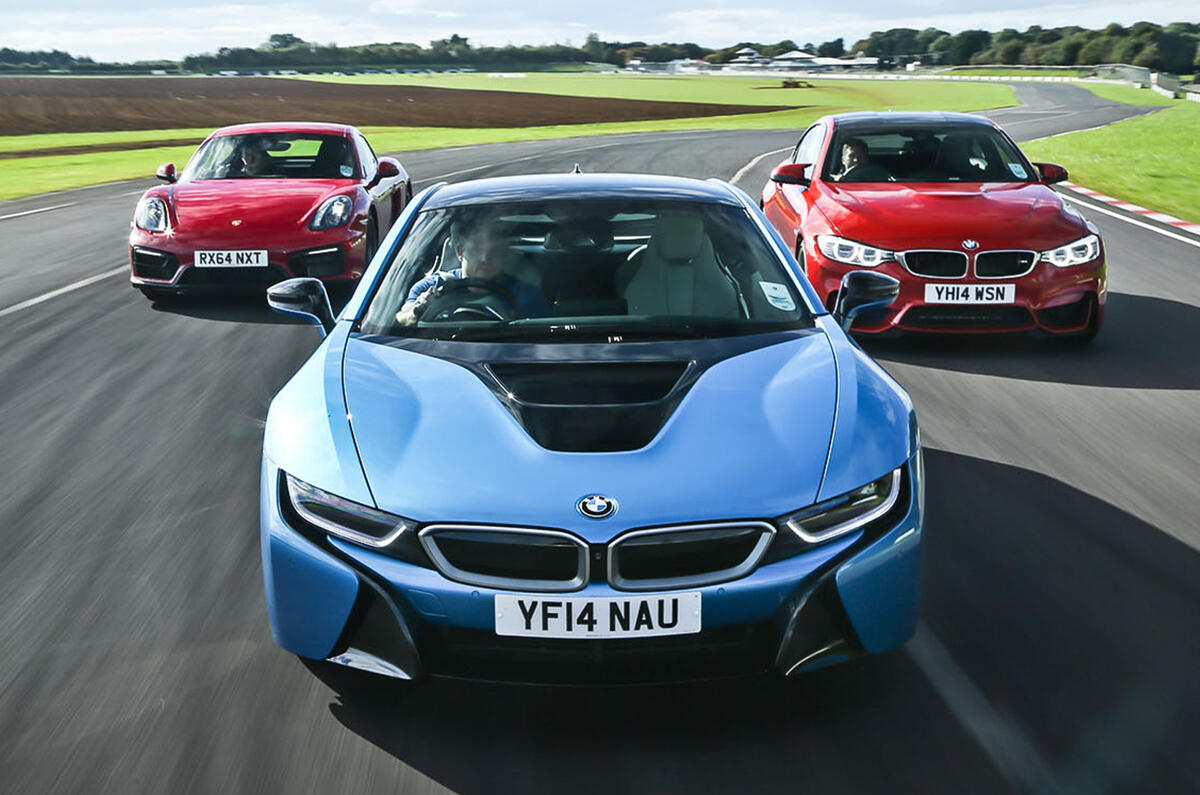
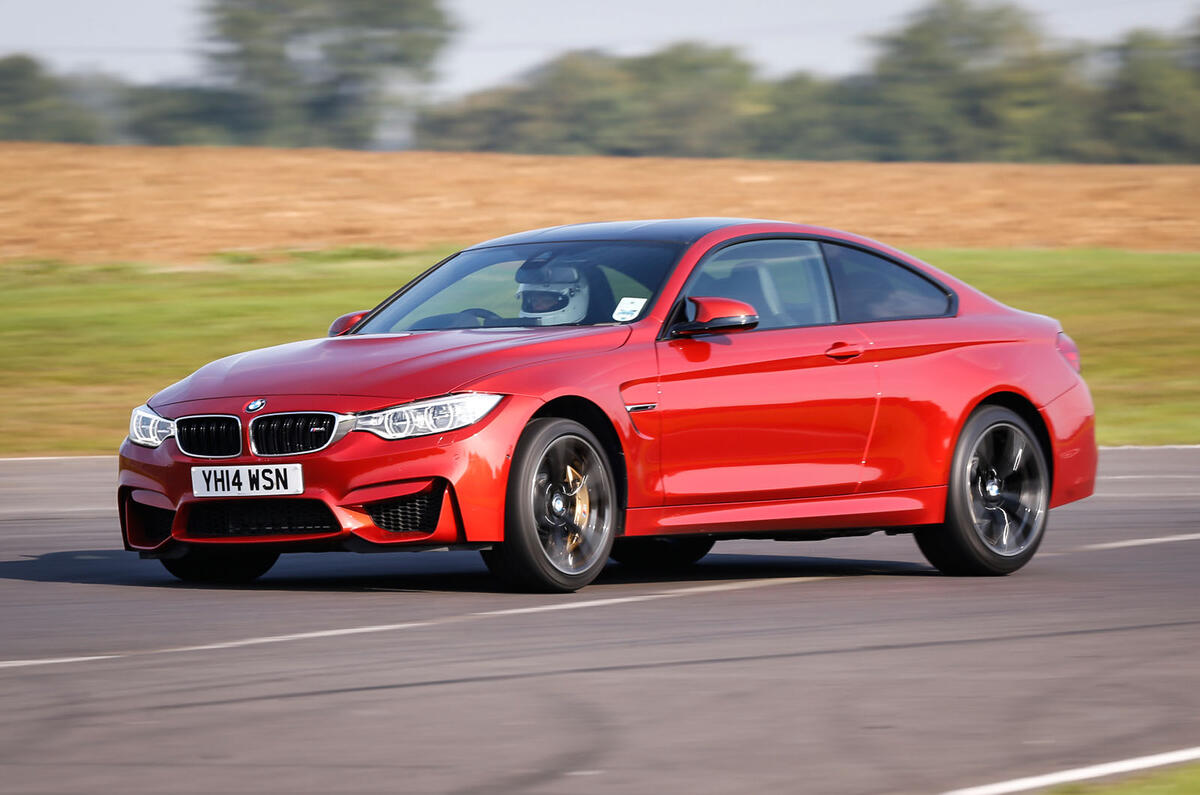
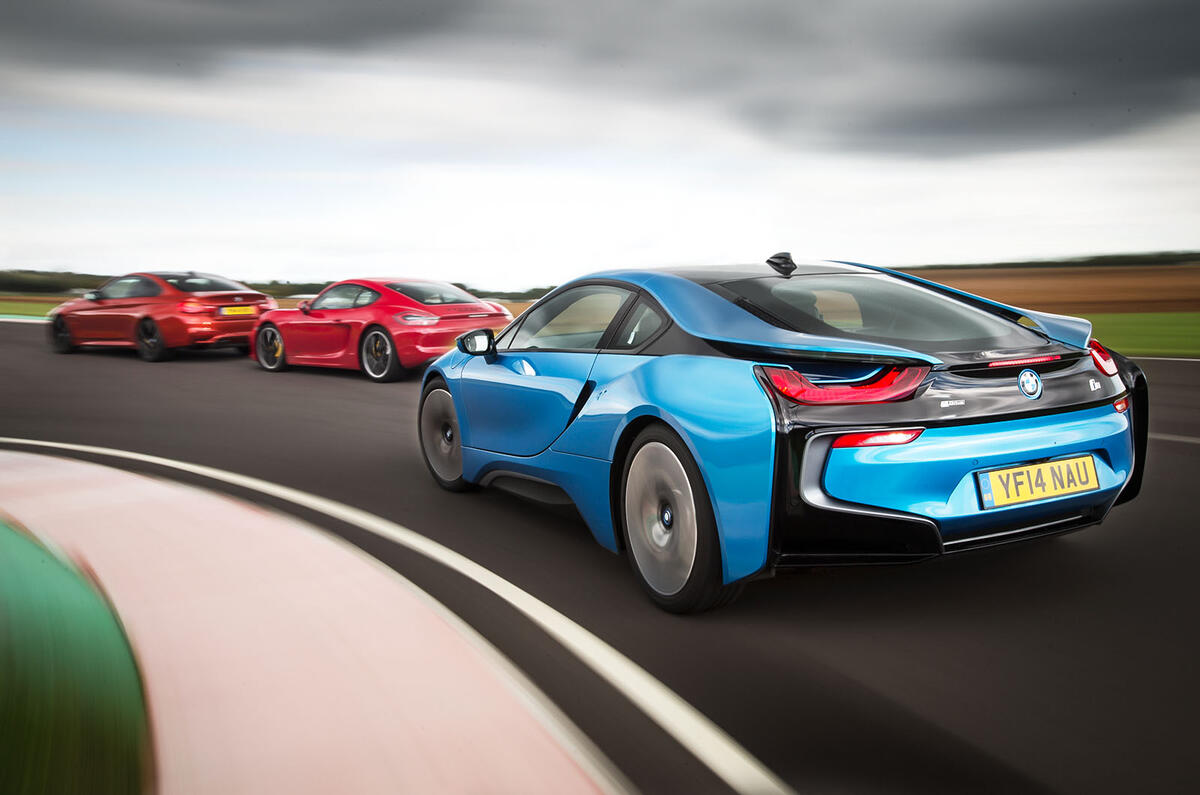
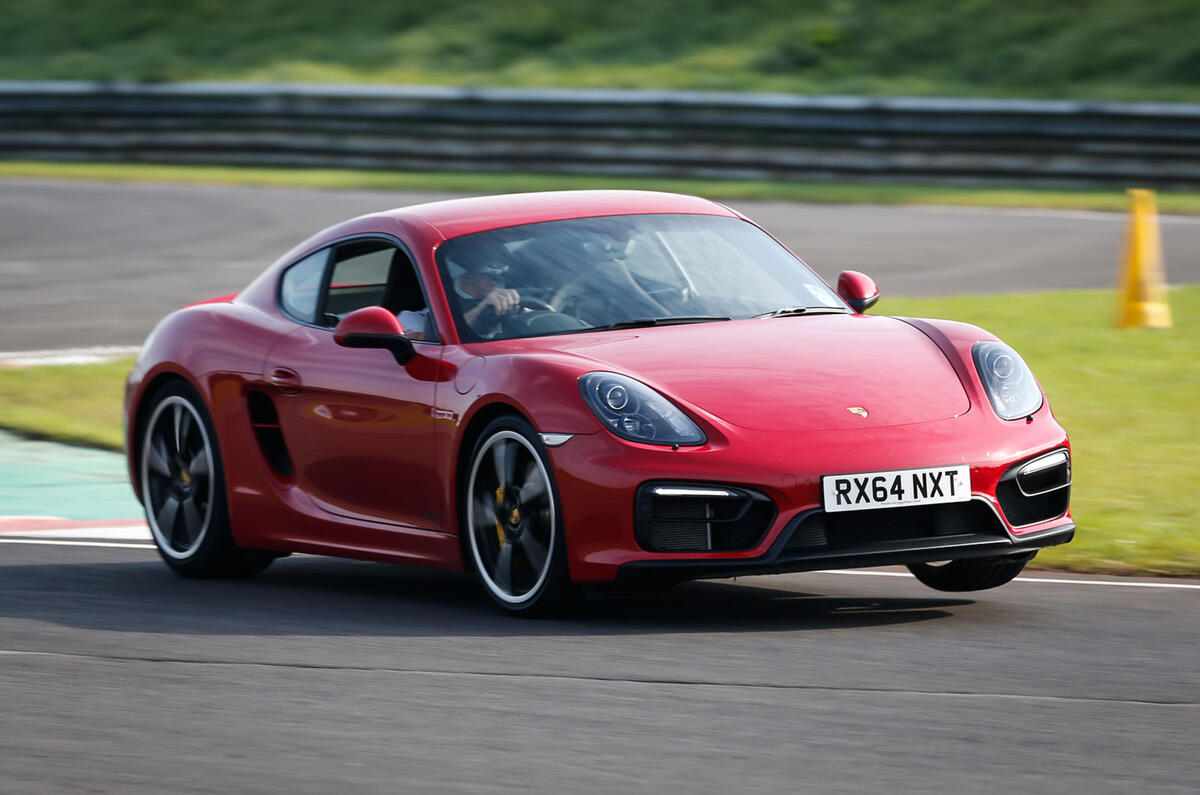
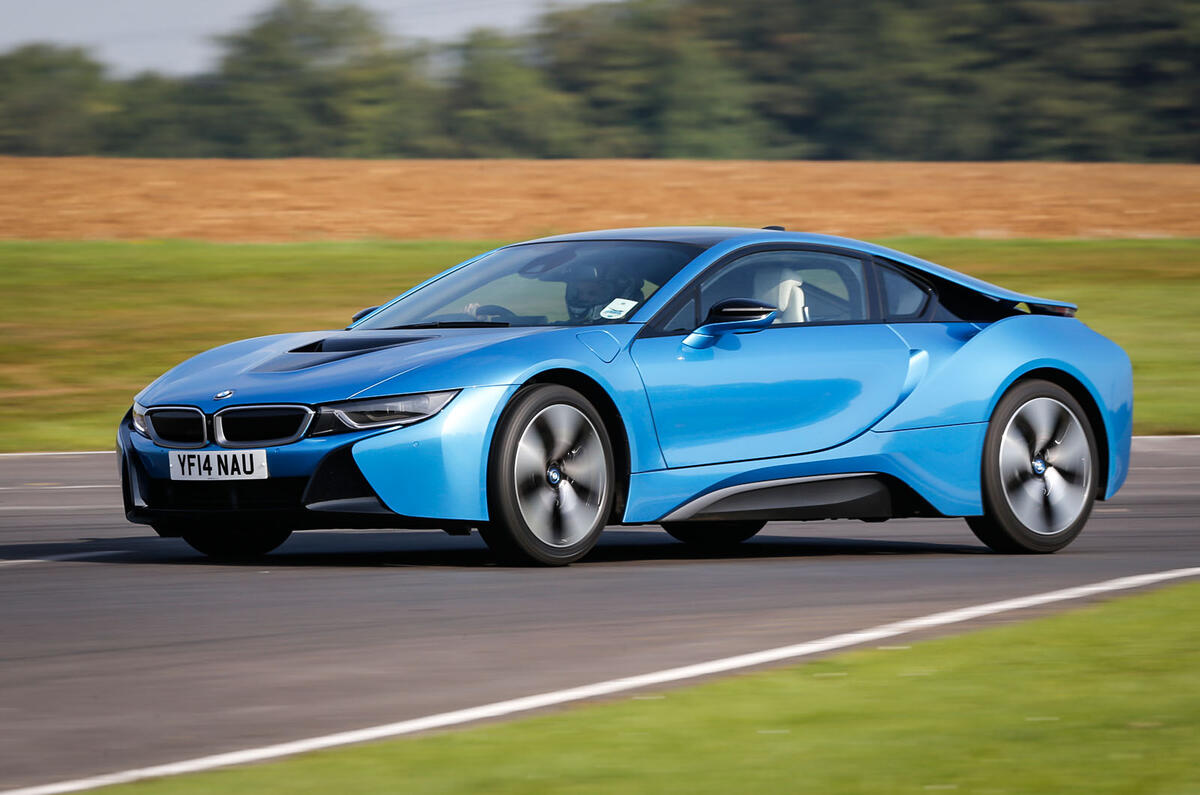
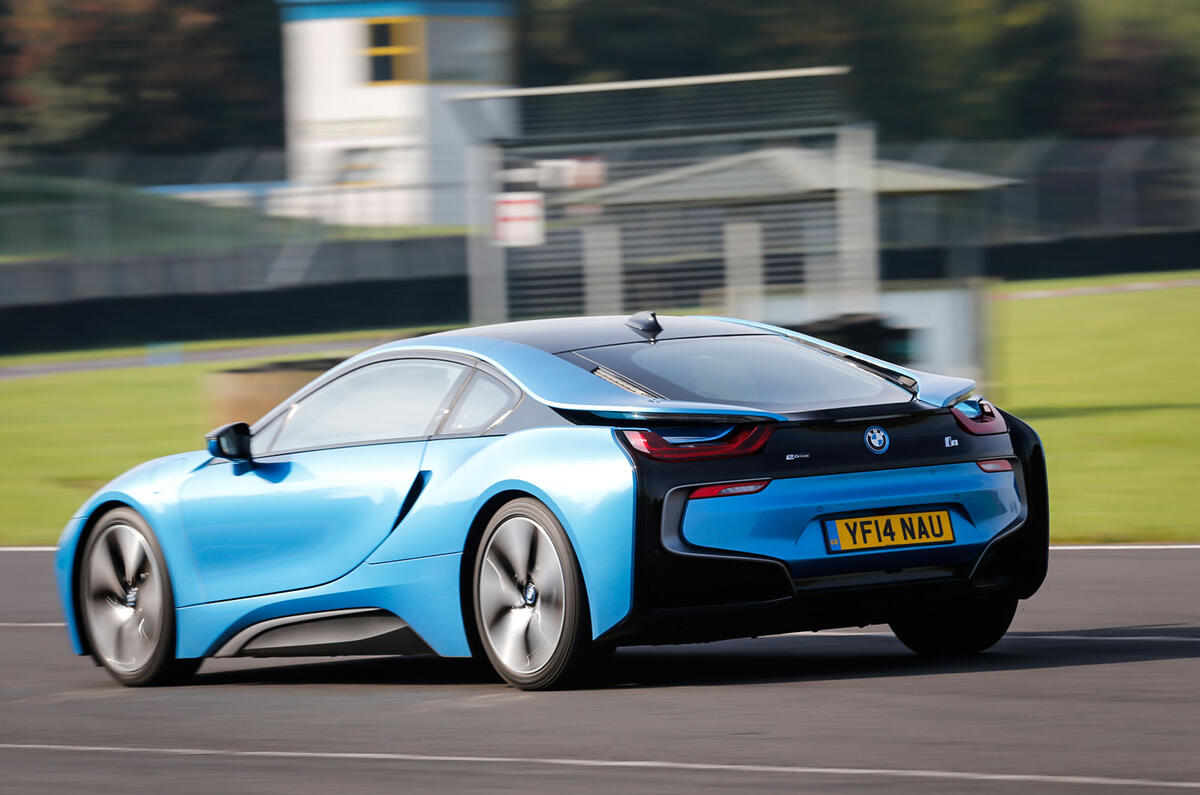
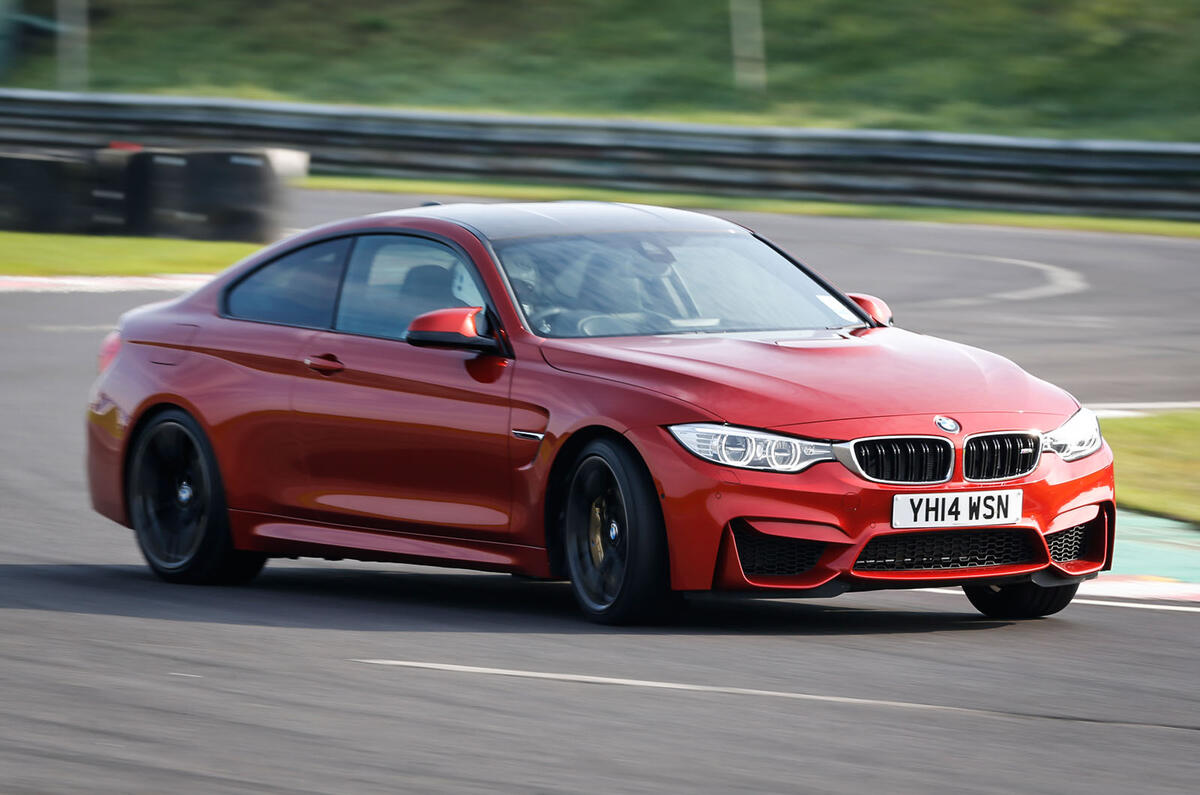
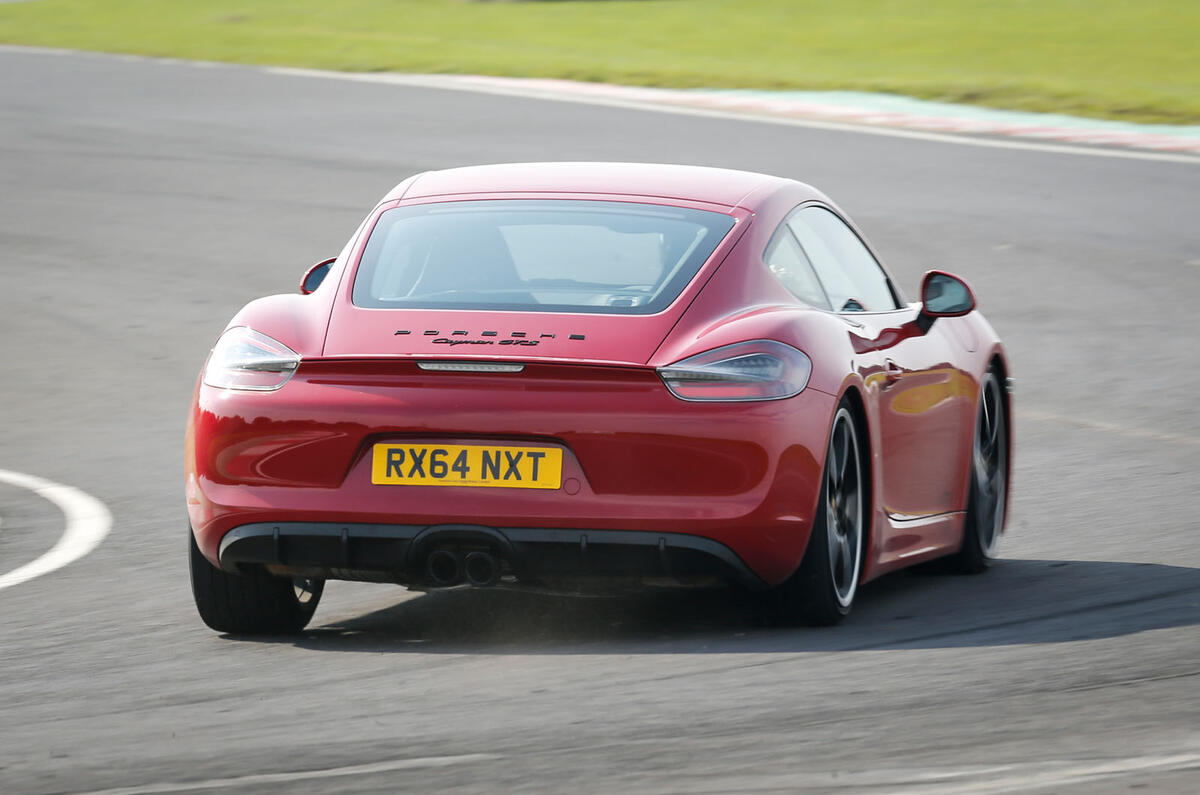
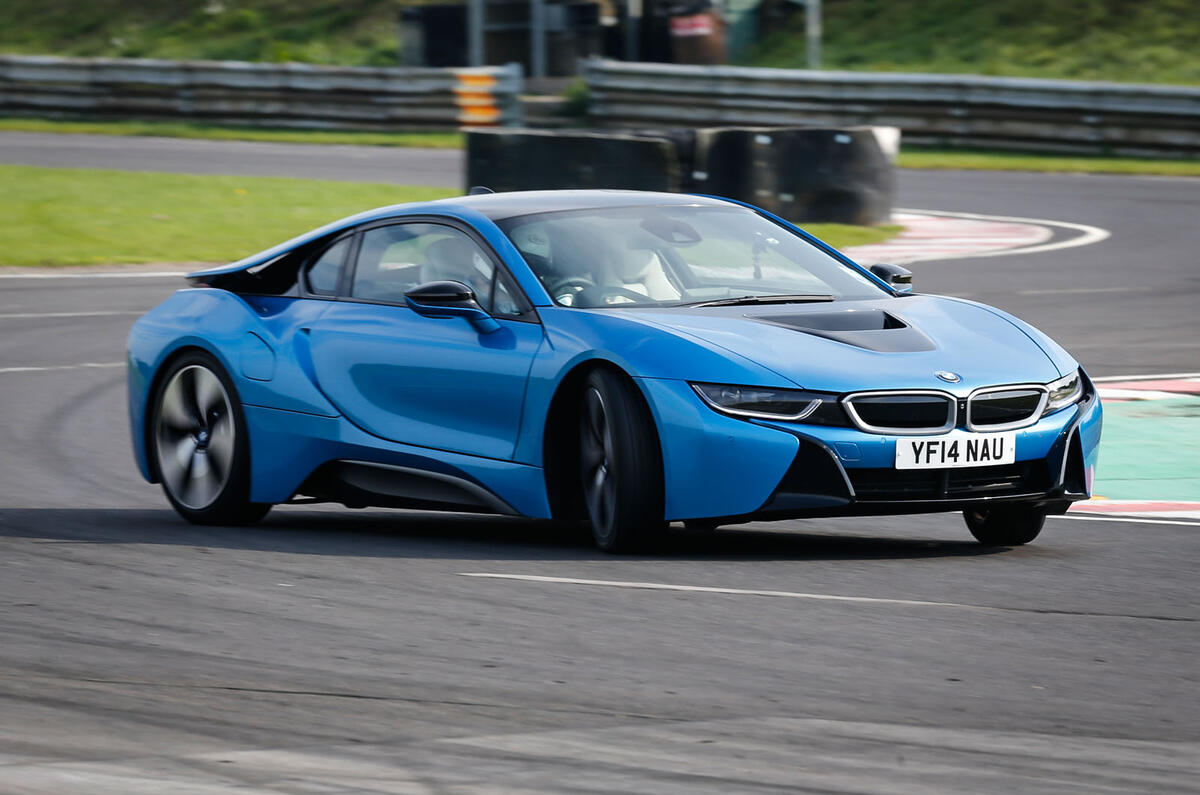
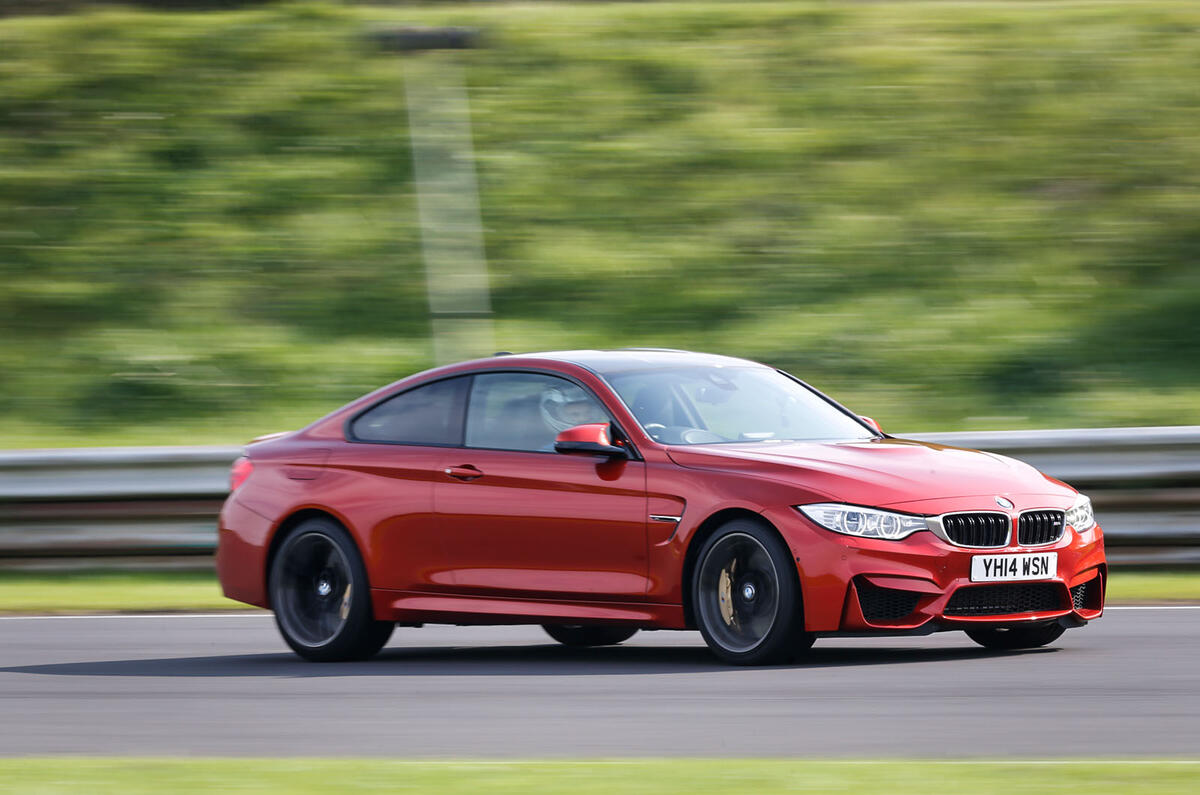
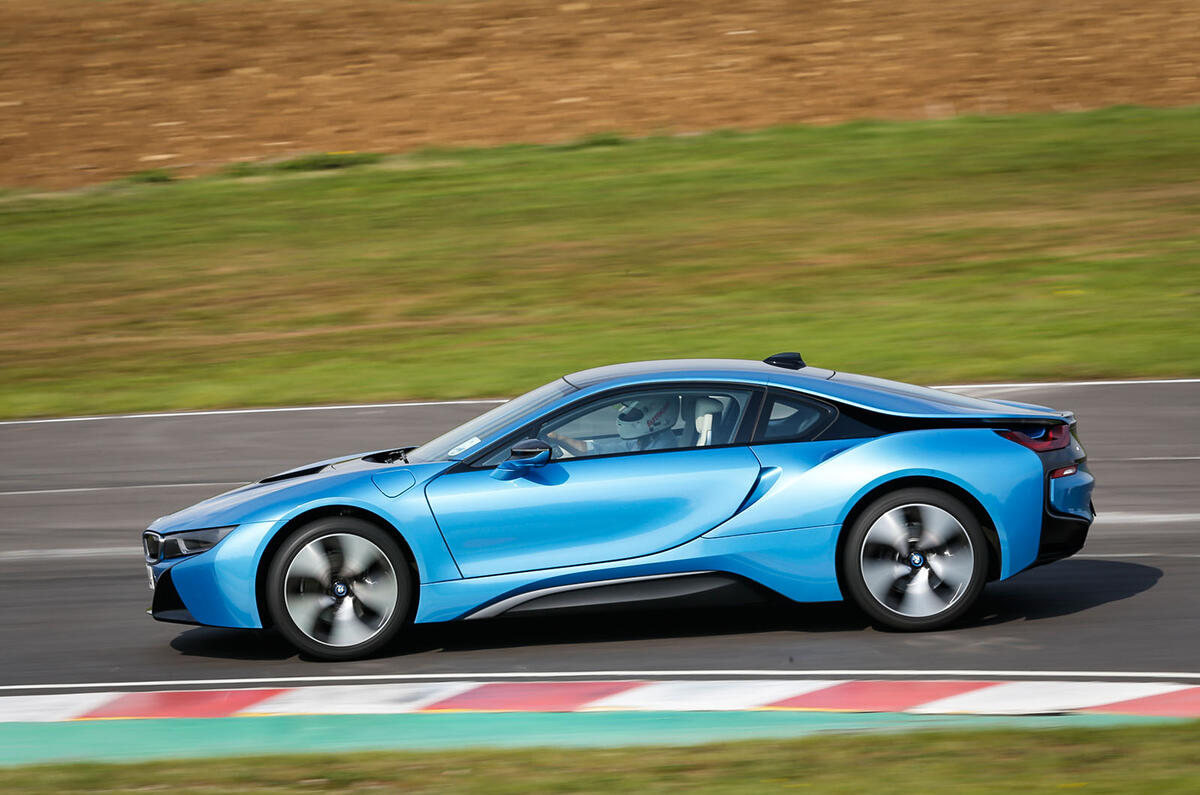
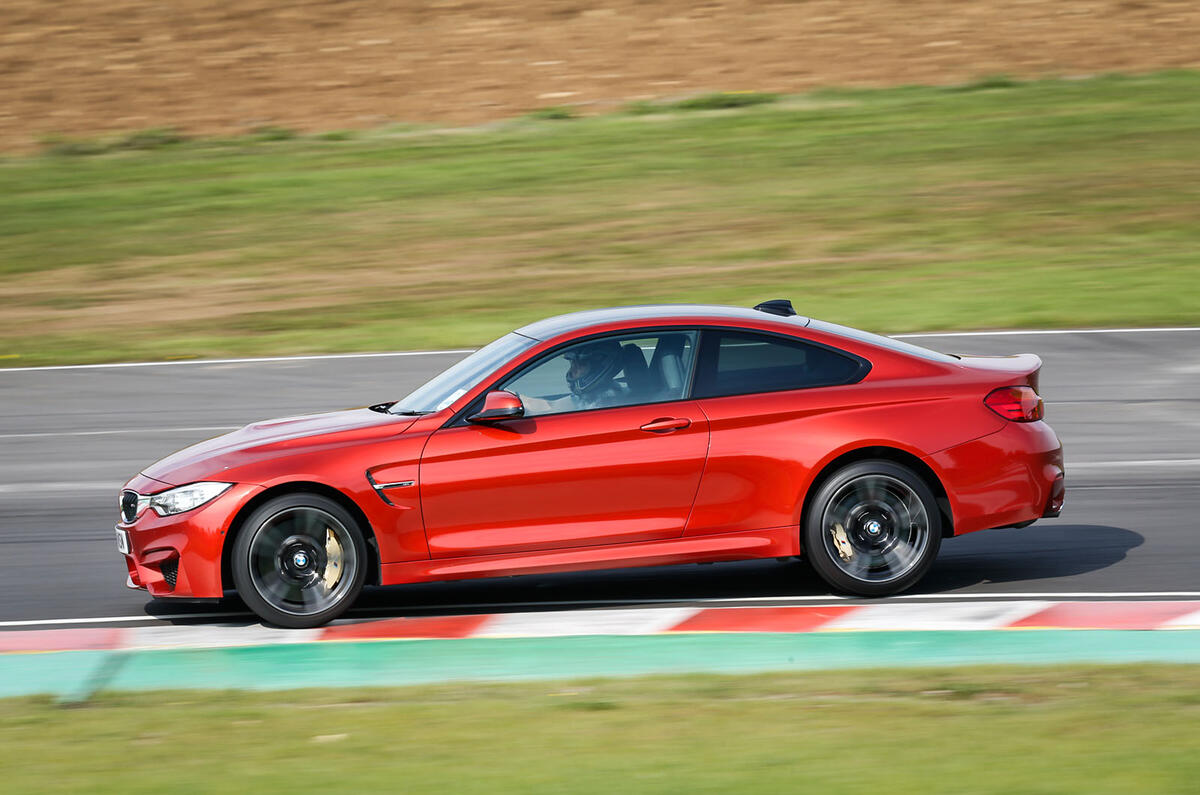
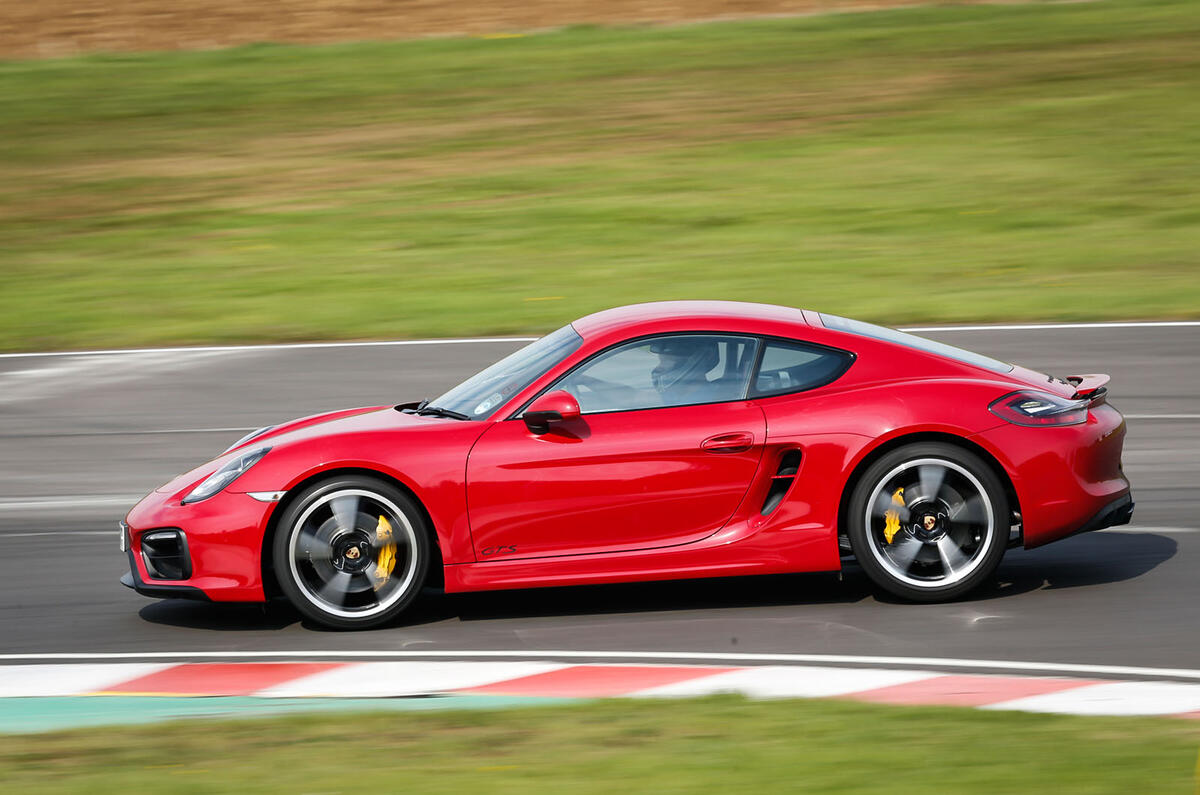
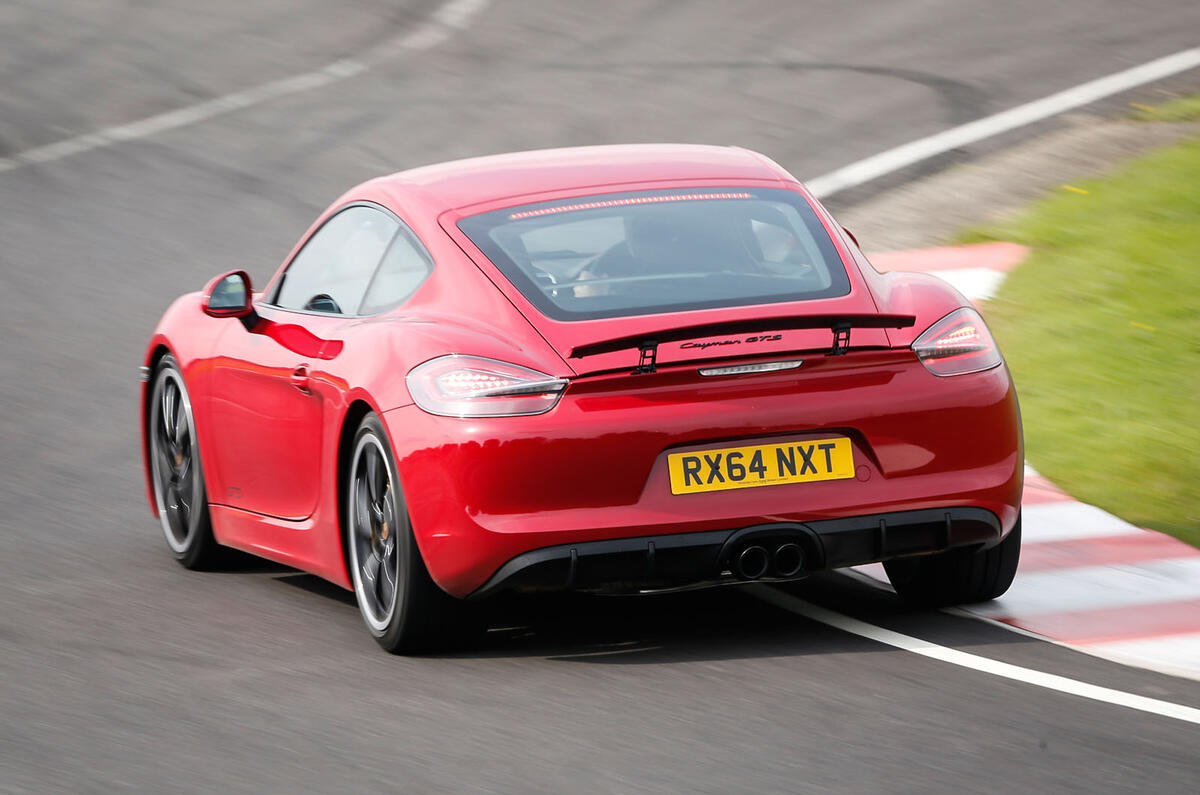
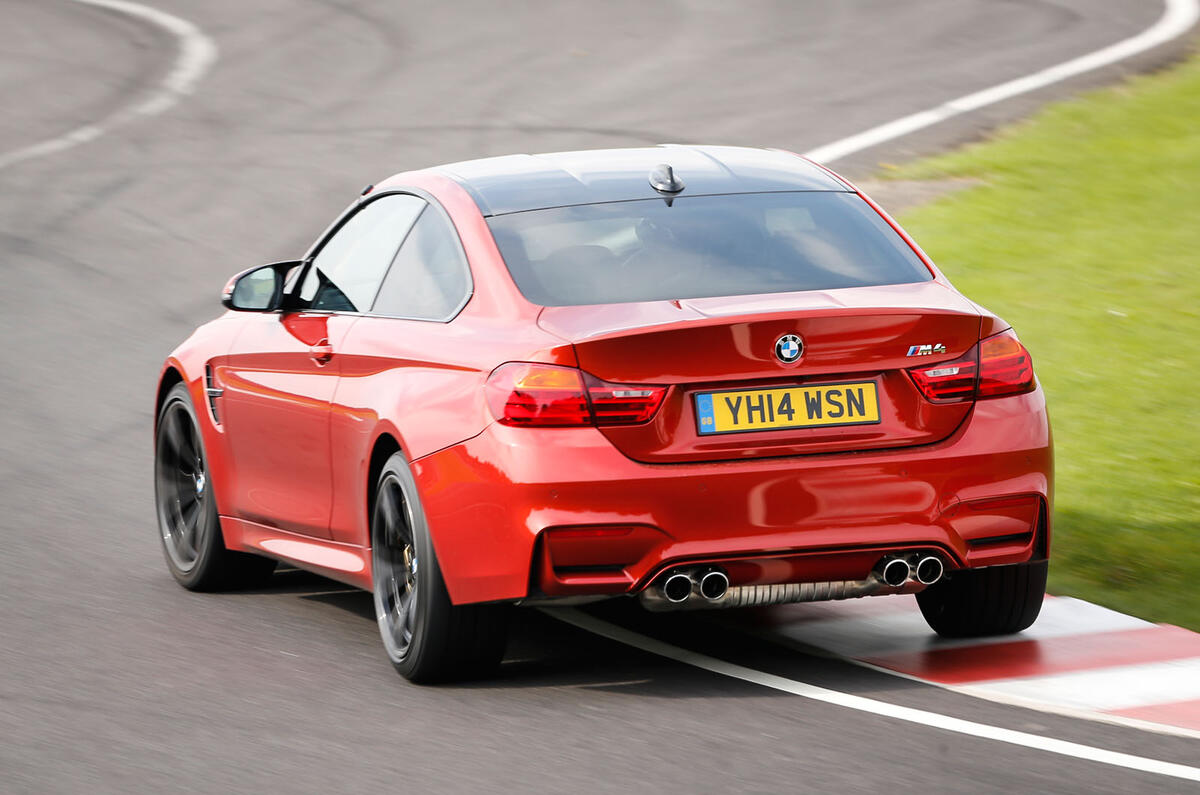
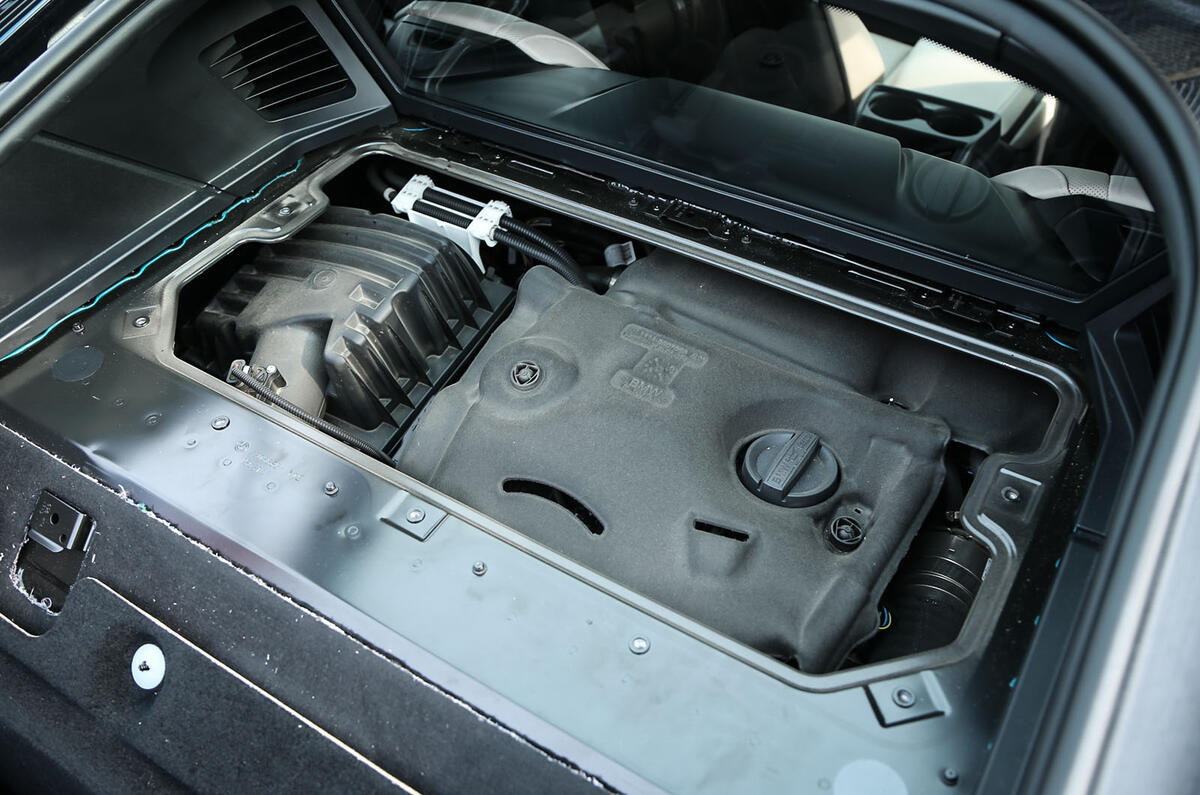
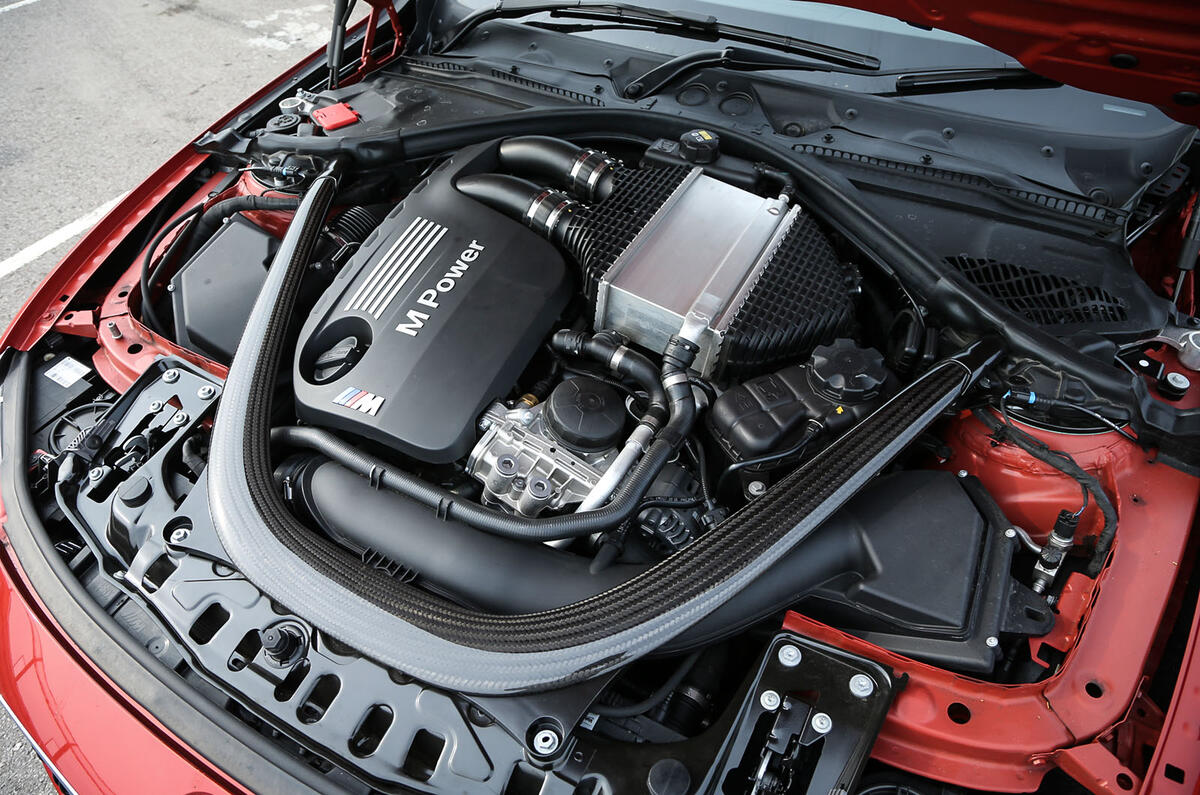
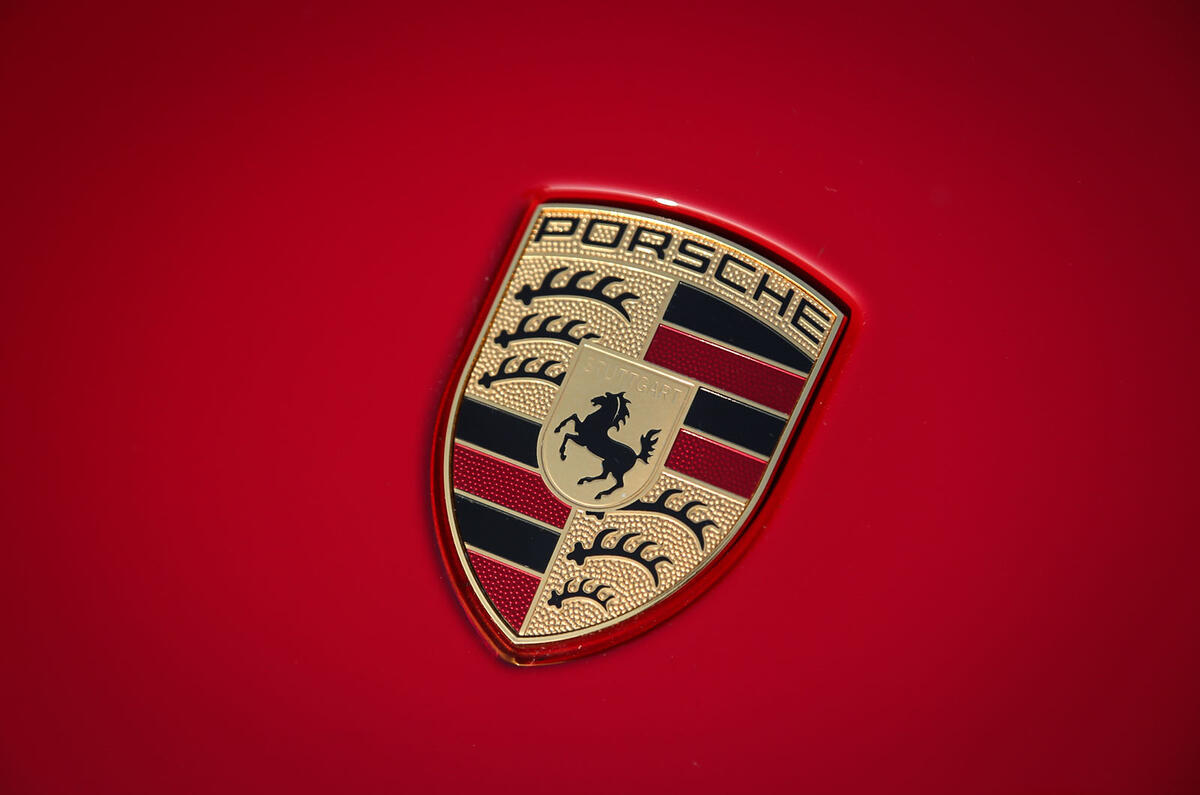

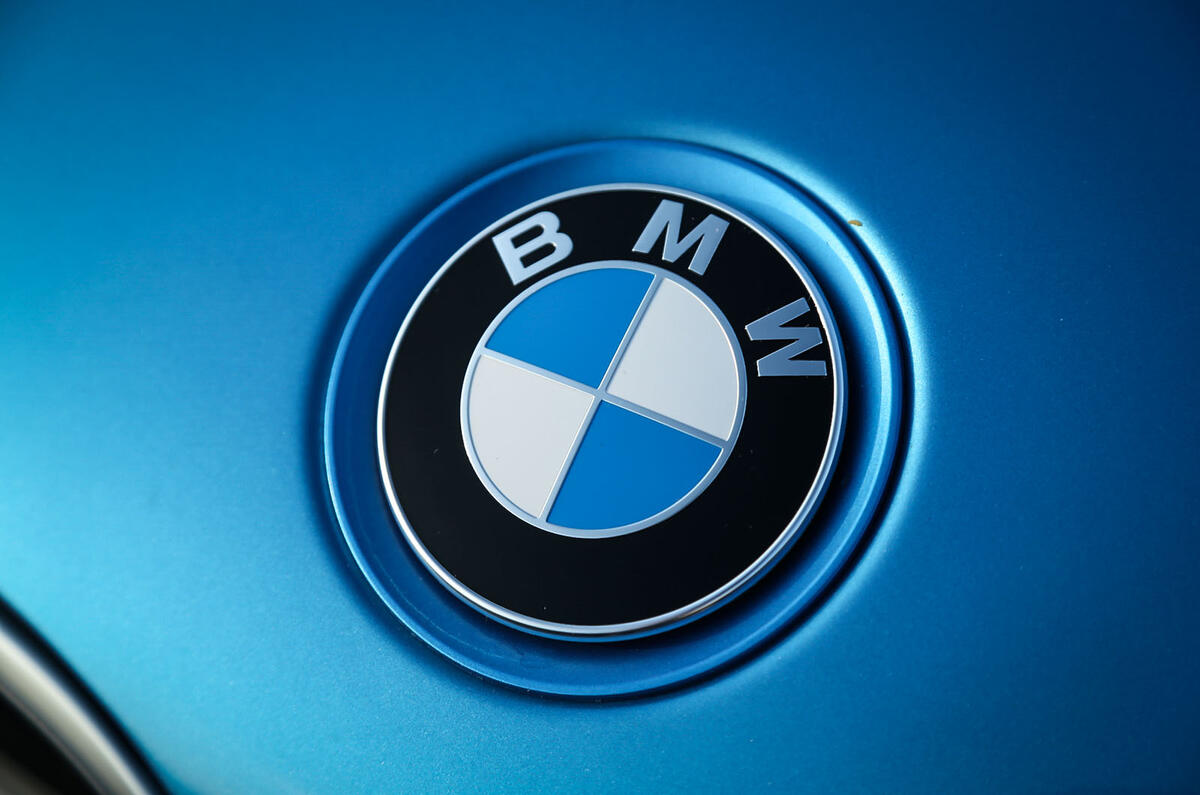
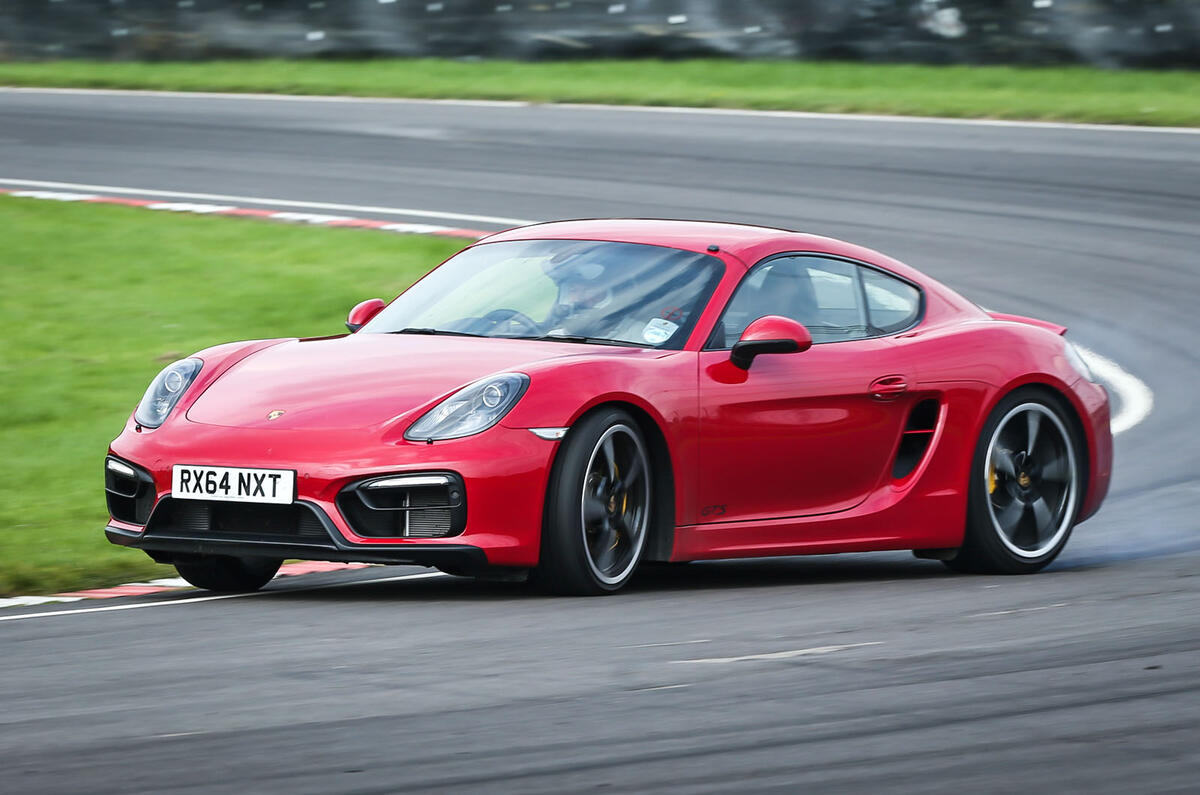
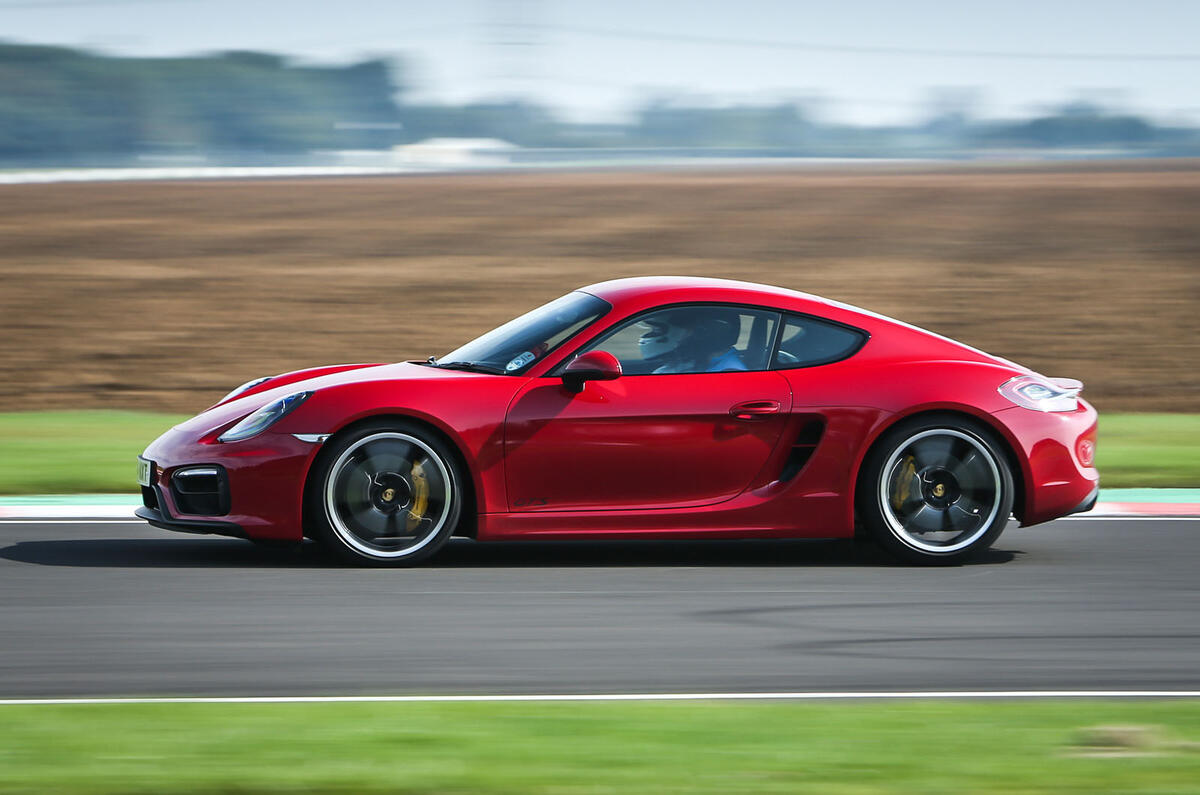
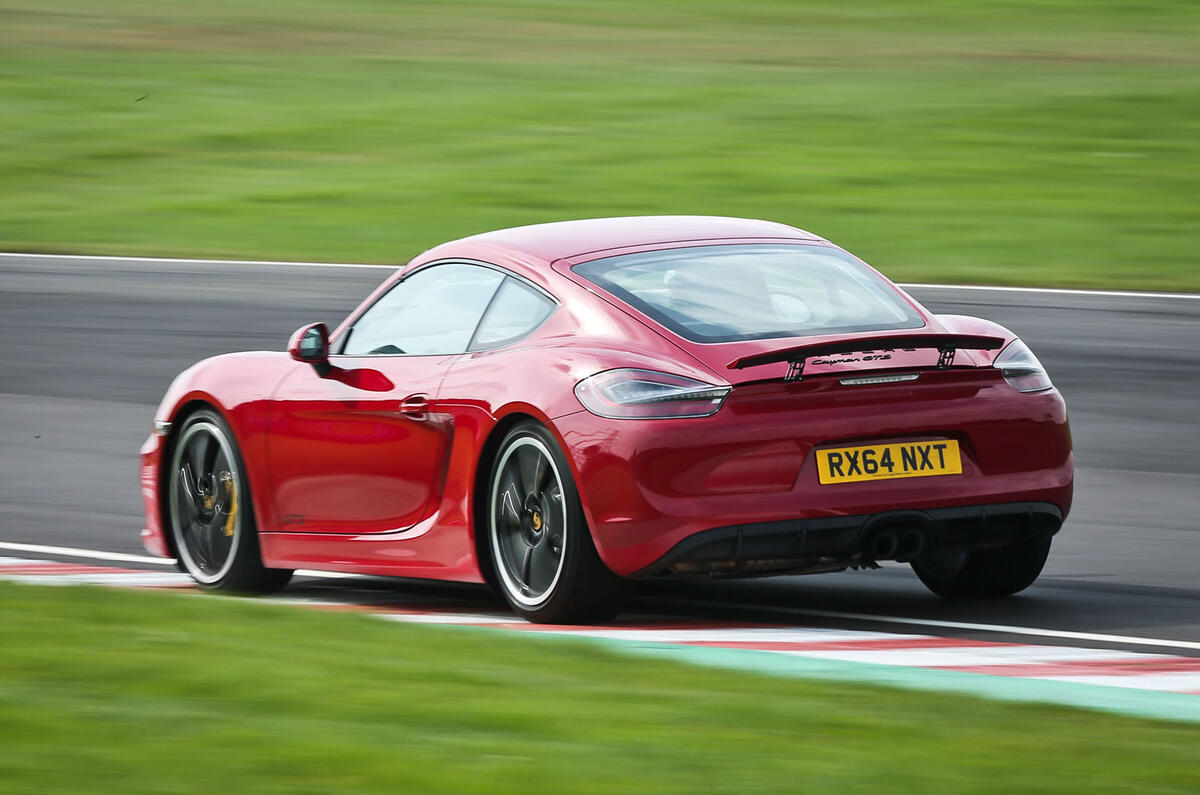
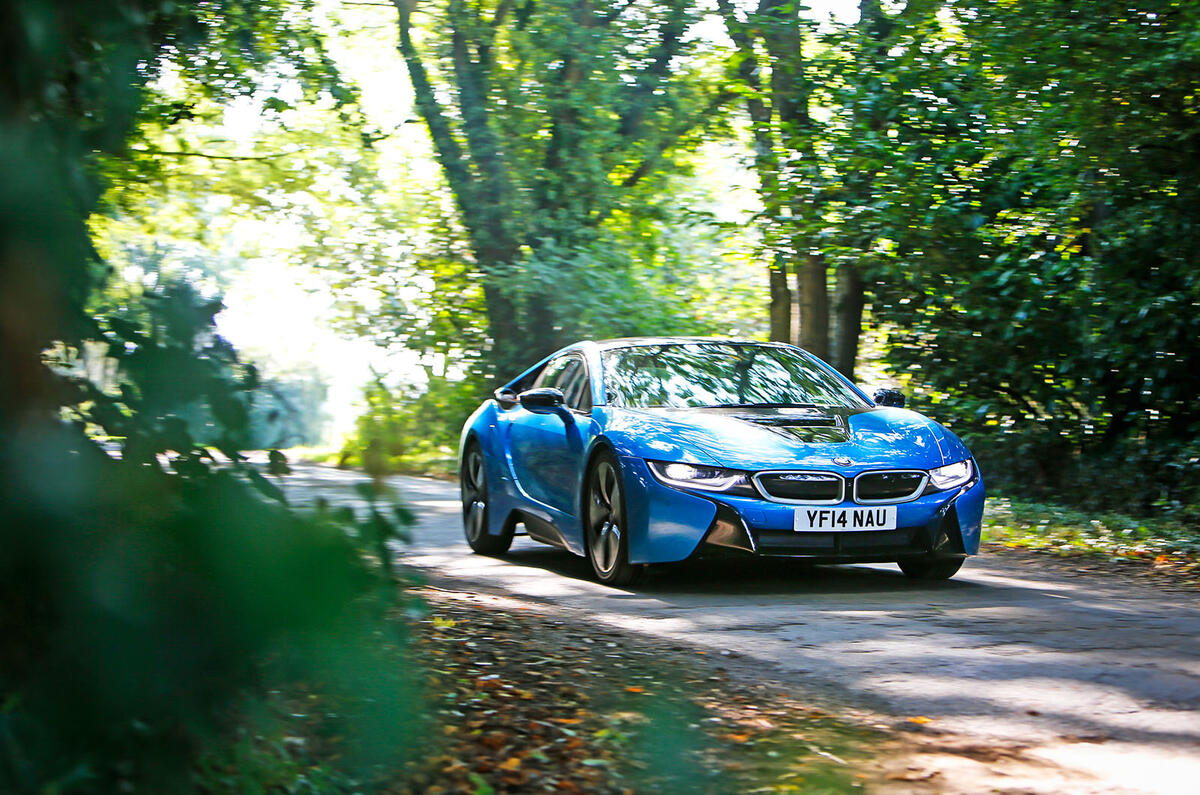
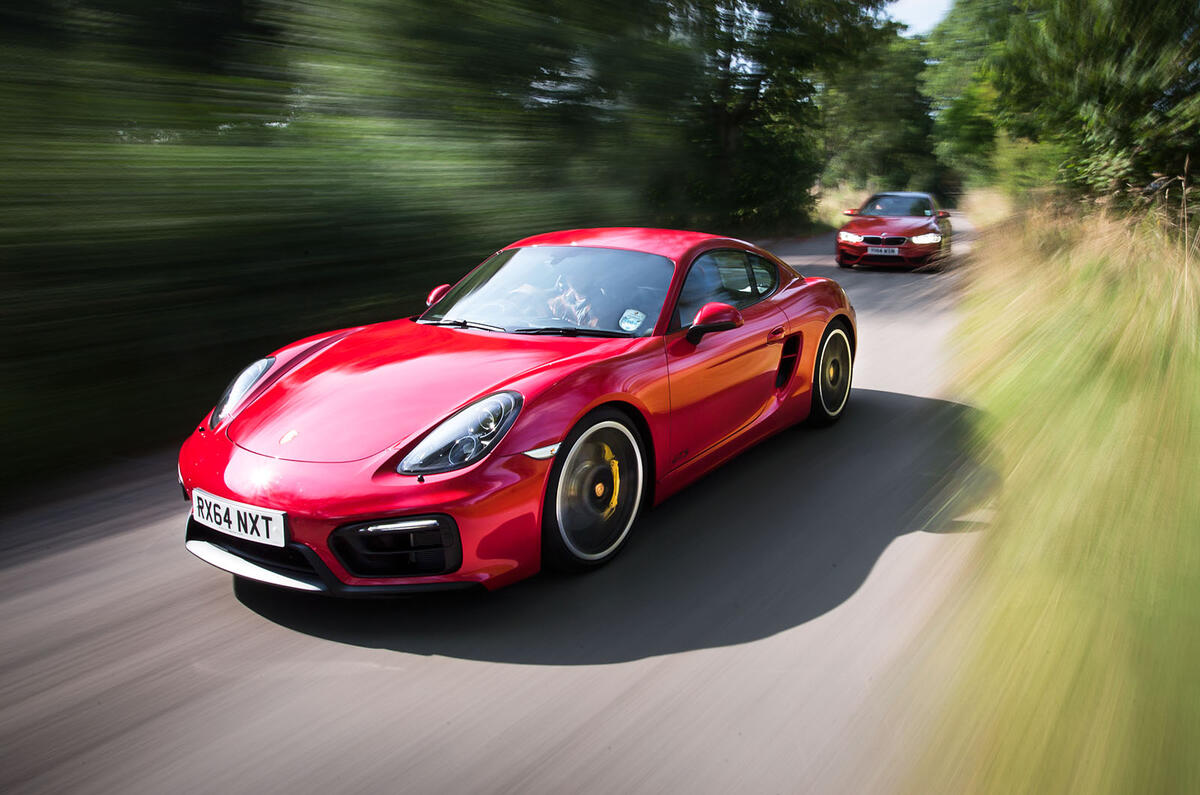
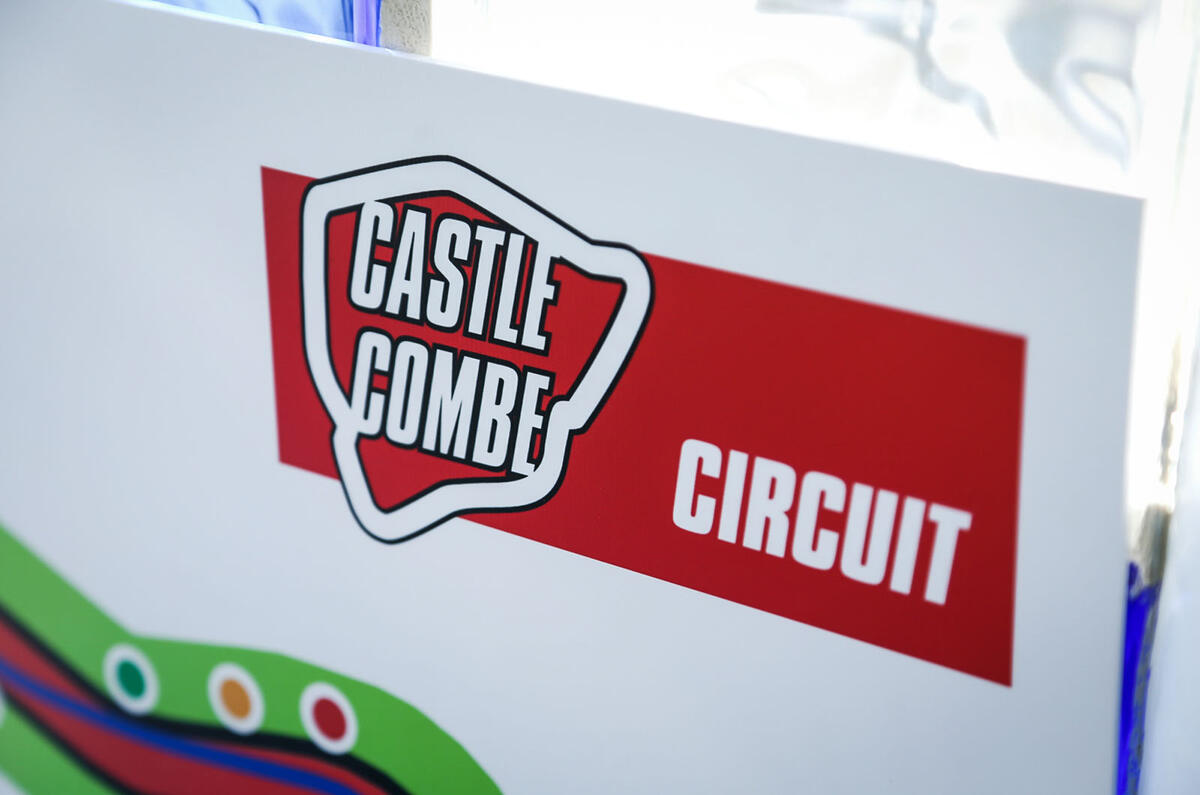


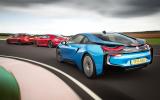

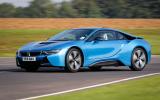
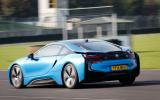
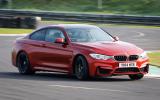

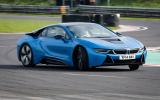
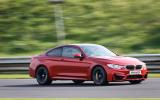
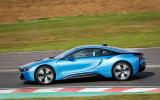



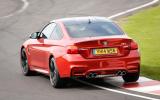



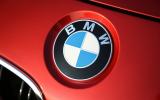
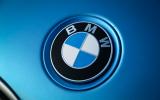
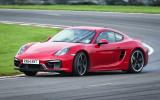







Add your comment